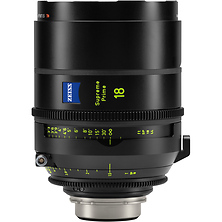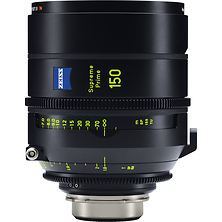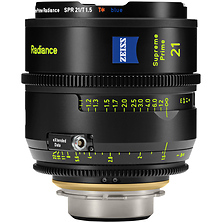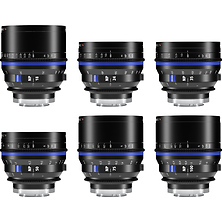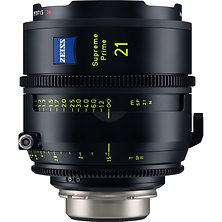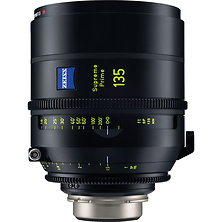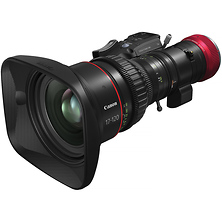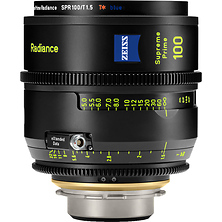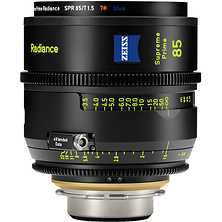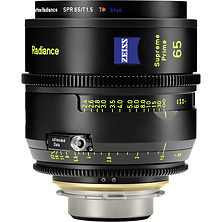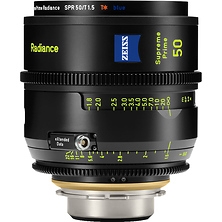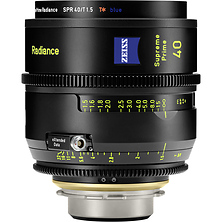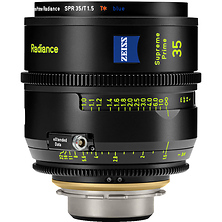Cinematography lenses are specifically designed for use in professional filmmaking and cinema applications. Most cine lenses have manual settings and offer much smoother and more precise focus than photography lenses.
Cinema lenses are designed to minimize optical imperfections such as chromatic aberration, barrel distortion, and vignetting. This results in high-quality, sharp imagery. Another key feature of cinema lenses is their use of T-stops rather than F-stops. T-stops provide an accurate measure of the actual amount of light transmitted through the lens. This precise control over light transmission contributes to the distinctive cinematic feel and appearance of the footage, often enhancing the depth of field.
Many cinema lenses are outfitted with a powerful internal zoom capability. This remarkable feature lets filmmakers seamlessly zoom in and out without extending the length of the lens, as the entire adjustment takes place internally. Additionally, many cinema lenses are engineered with an incredibly wide focus throw. This is achieved through meticulously designed focus rings, which offer a rotation far surpassing the standard 270 degrees. This unique feature provides filmmakers with an exceptional level of control over focus, maintaining the highest degree of clarity and sharpness, even when capturing subjects in motion. It's these subtleties in cinema lens design that contribute to the amazing visuals we see on the big screen.

